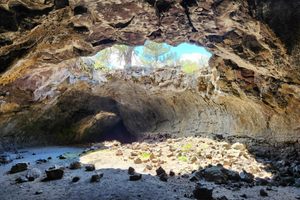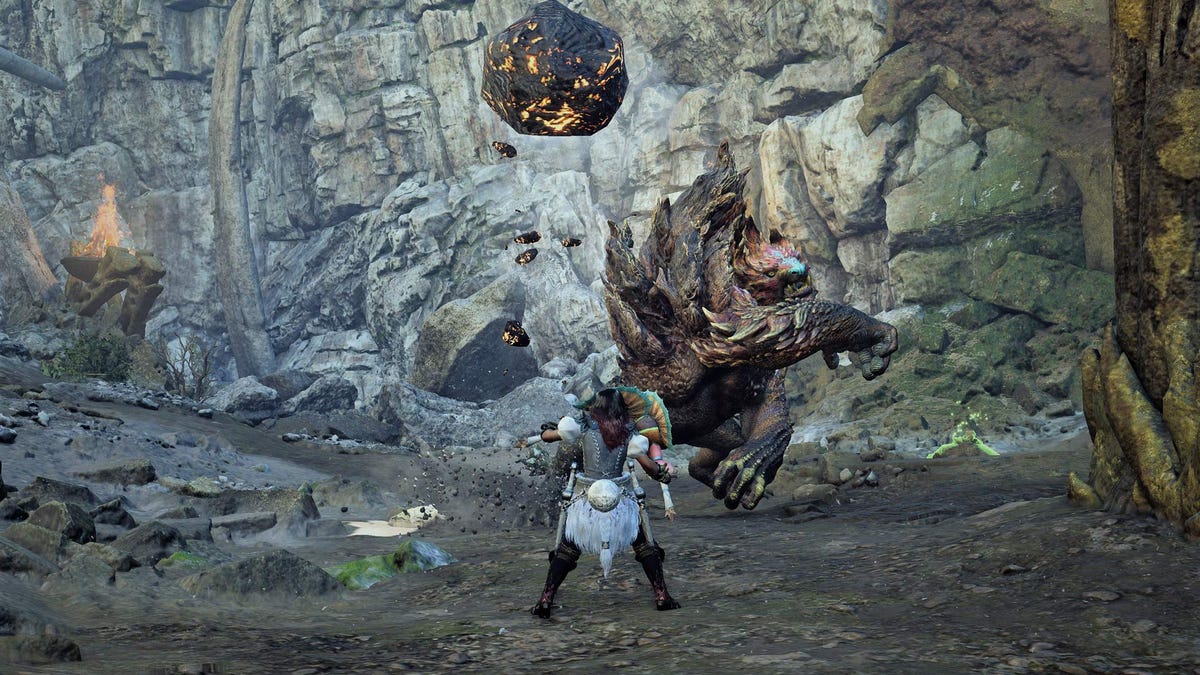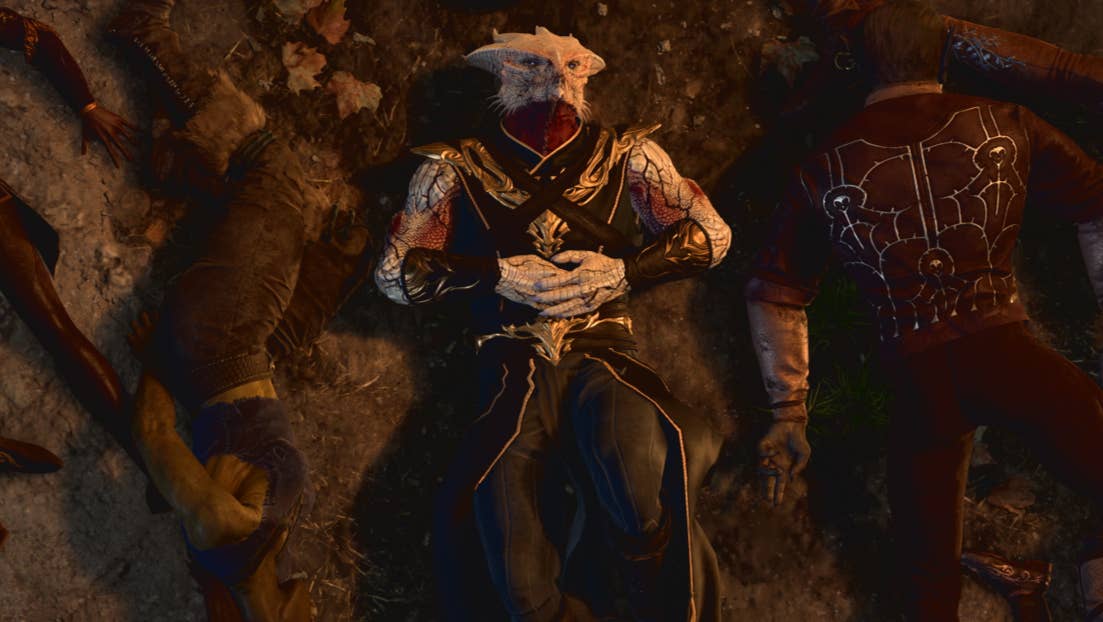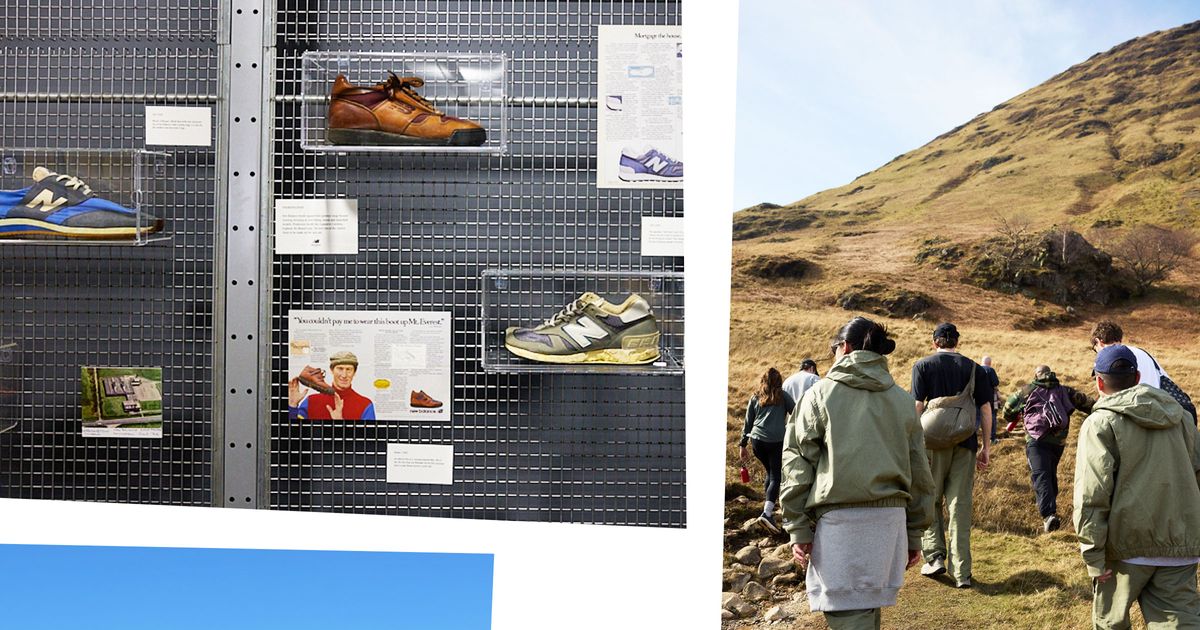Derrick Cave in Fort Rock, Oregon
The mountainous region around Bend, Oregon, is home to many lava tube caves. These long, winding caverns form when a lava flow crusts over, while the molten interior drains out. While some are well known attractions, many are still completely undeveloped. Derrick Cave, named after an early rancher, served a unique purpose. In 1963, it was designated as a Cold War fallout shelter, complete with supplies of food and water cached behind a concreted and steel door. At one point, several thousand pounds of steel rails were stashed in a passageway to see if they could be detected by remote sensing. The rails, supplies, and even the door itself, have long since vanished. Today, only the door frame remains. The main entrance is marked by a large ponderosa pine growing out of the opening. Inside, head to the right and the cave splits into several levels with skylights and open spaces on the upper level, extending some 600 feet. The lowest level on this side was the site of the fallout shelter, and where the door frame can be seen today. To the left, the cave is taller with no skylights beyond the first section, extending into 1,200 feet of darkness.


The mountainous region around Bend, Oregon, is home to many lava tube caves. These long, winding caverns form when a lava flow crusts over, while the molten interior drains out. While some are well known attractions, many are still completely undeveloped.
Derrick Cave, named after an early rancher, served a unique purpose. In 1963, it was designated as a Cold War fallout shelter, complete with supplies of food and water cached behind a concreted and steel door. At one point, several thousand pounds of steel rails were stashed in a passageway to see if they could be detected by remote sensing. The rails, supplies, and even the door itself, have long since vanished. Today, only the door frame remains.
The main entrance is marked by a large ponderosa pine growing out of the opening. Inside, head to the right and the cave splits into several levels with skylights and open spaces on the upper level, extending some 600 feet. The lowest level on this side was the site of the fallout shelter, and where the door frame can be seen today.
To the left, the cave is taller with no skylights beyond the first section, extending into 1,200 feet of darkness.


































































-Baldur’s-Gate-3-The-Final-Patch---An-Animated-Short-00-03-43.png?width=1920&height=1920&fit=bounds&quality=70&format=jpg&auto=webp#)



































































































































































































